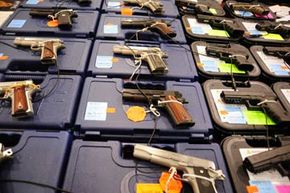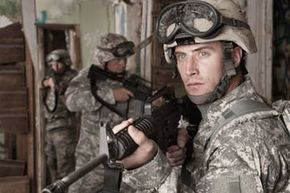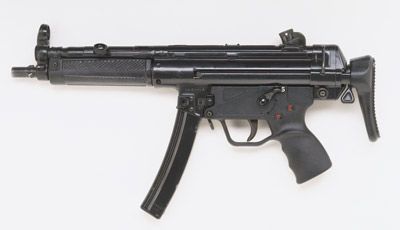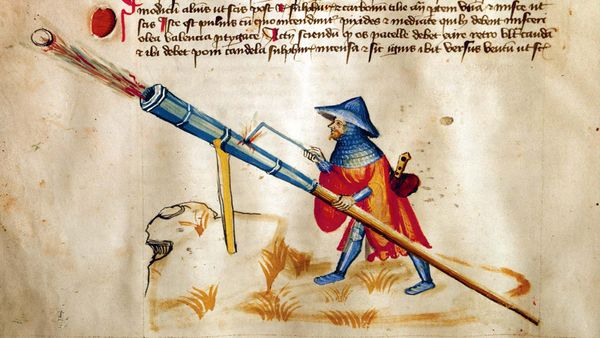Mass shootings in a Connecticut school, a Colorado movie theatre and a Tucson supermarket have revived the debate on "assault weapons" and their place in modern society. Trying to flip through the cable news channels without catching a glimpse of the argument -- which usually features one person from each side of the issue talking over the other, building to a crescendo of incomprehensible babble -- is the equivalent of attempting to reach out and touch the moon from your couch.
One problem with the debate is that few people seem to agree on what the term "assault weapon" means. Are we talking about tanks and grenade launchers only? What about the large revolver that Dirty Harry used to lug around? That thing certainly seems like it's capable of "assaulting" someone. To get to the heart of the issue, it's a good idea to first understand the differences between certain types of firearms. Machine guns and semi-automatic weapons, for example.
Advertisement
A machine gun is a military weapon capable of fully automatic fire. That is, the weapon continues to fire until it runs out of ammunition, so long as the trigger is pulled down. In the United States and elsewhere around the world, these weapons are likely to only be found on a battlefield [source: Violence Policy Center].
A semi-automatic weapon, on the other hand, could be described as a civilian version of a military machine gun, one that is less capable of rapid fire. Although the firearm automatically reloads, a shooter must pull the trigger separately in order to fire another round. Semi-automatic weapons are typically pistols, rifles and shotguns, including the AK-47 and AR-15 rifles, the UZI submachine guns, and MAC-10 machine pistols. These firearms are often referred to as "assault weapons," based on their rapid-fire capability. Gun rights advocates have taken issue with the term, however, arguing that it only applies to fully automatic, "spray firing" weapons [source: Violence Policy Center].
There are, generally speaking, two types of machine and semi-automatic guns: recoil-operated and those powered by gas. In the former, the "blowback" or recoil force that occurs when a shot is fired sends the barrel backward rapidly, ejecting the empty bullet shell casing and loading a new bullet into the chamber. A gas-operated gun, meanwhile, harnesses the gas from a fired round to drive a piston in the weapon's barrel, which ejects the spent shell and cocks a fresh one. The automatic load feature in both types of operating system means the user does not need to cock the weapon hammer in order to load a new round [sources: National Institute of Justice].
Advertisement




